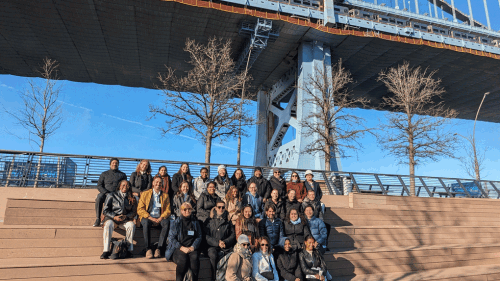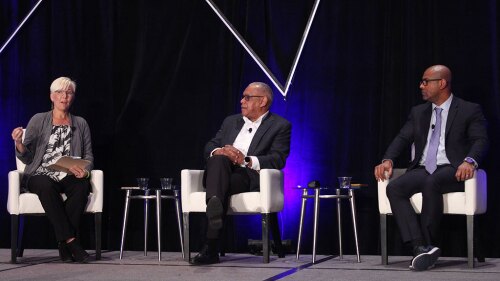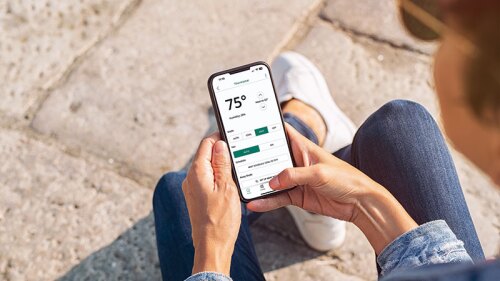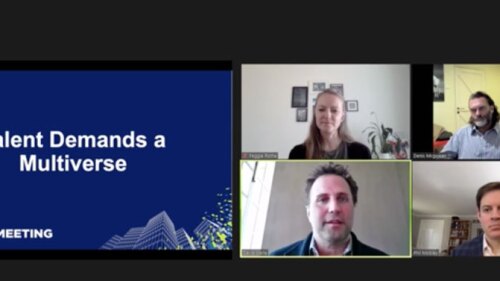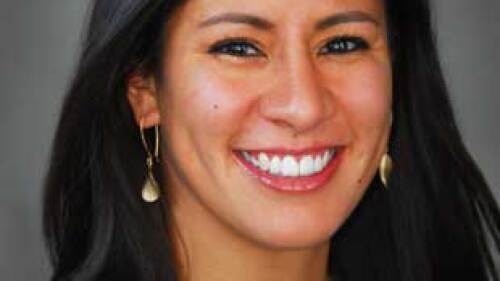Healthy Places
Since 2017, the ULI Health Leaders Network has served as a platform for cross-sector professionals looking to grow their leadership skills, make meaningful connections, and drive progress in health and social equity. Welcoming thirty new members to the Network, Cohort 7 joins a global community of practice of over 200 professionals. Spanning 24 cities and 6 different countries, the new cohort represents a diverse range of real estate, land use, design, policy, and public health professionals. To learn more about the individual Cohort 7 members, explore their profiles and biographies here.
A general session at the ULI Carolinas Meeting, moderated by Risa Wilkerson of Healthy Places by Design, showcased how the convergence of the built environment, health and equity forms a complex web that impacts every facet of human life. Dr. Malo Andrew Hutson, a distinguished academic at the University of Virginia’s School of Architecture, provided a deep dive into how residential segregation and the built environment contribute to health disparities.
Innovative technology platforms already are helping many owners operate apartment buildings more efficiently and improve services for tenants. But experts say that is just the start of a revolution that could transform the multifamily segment.
The Los Angeles Better Buildings Challenge in June presented sustainability prizes to the “Best Buildings” in Los Angeles at its annual Innovation Awards. Hudson Pacific Properties, Barings, and CommonWealth Partners, which are both active members of ULI Los Angeles and Greenprint, were among the six projects honored.
The COVID-19 pandemic has challenged us all to rethink everything we thought we knew about productivity and the workplace. As we have learned, the answers are far from straightforward, but they are nevertheless emerging. During a 2021 ULI Virtual Spring Meeting session, real estate experts explored how employees’ preferences and performance are leading to a suite of workplaces—a “multiverse of work” in which homes, corporate offices, and various other locations will combine to enable a high-performing workforce.
Christina Contreras, the ULI/Martin Bucksbaum Senior Visiting Fellow, discusses how she and ULI staff are researching how privately owned and managed “third places” can better contribute to individual and community health and well-being.
ULI Member–Only Content:Experts in real estate development for the age-qualified and service-enriched housing sectors discuss changing consumer preferences in senior living and other trends affecting operators.
The ways in which people use and interact in commercial buildings—particularly office spaces—will likely be changed significantly due to the COVID-19 crisis, with building and workplace health being a top concern, according to two healthy-building experts featured on a ULI webinar.
The global impact on human health and economic stability resulting from the COVID-19 outbreak is likely to quickly and dramatically elevate health and wellness as key factors influencing urban design and development as well as building management and operations, according to industry experts convened by ULI for a webinar on the impacts of the pandemic. The event was the first of a series of webinars being offered to explore how various aspects of the real estate industry are being affected by the virus and the industry’s response.
Communities around the world are racing to control the spread of the novel coronavirus and the disease that it causes, COVID-19. Increasingly, that means implementing aggressive social distancing measures, which can inhibit the spread of the virus and flatten the transmission curve. Given what is known about the virus so far, using building strategies to help slow the spread of the disease makes sense to help protect those who must work in an office or commercial setting and in multifamily settings.

